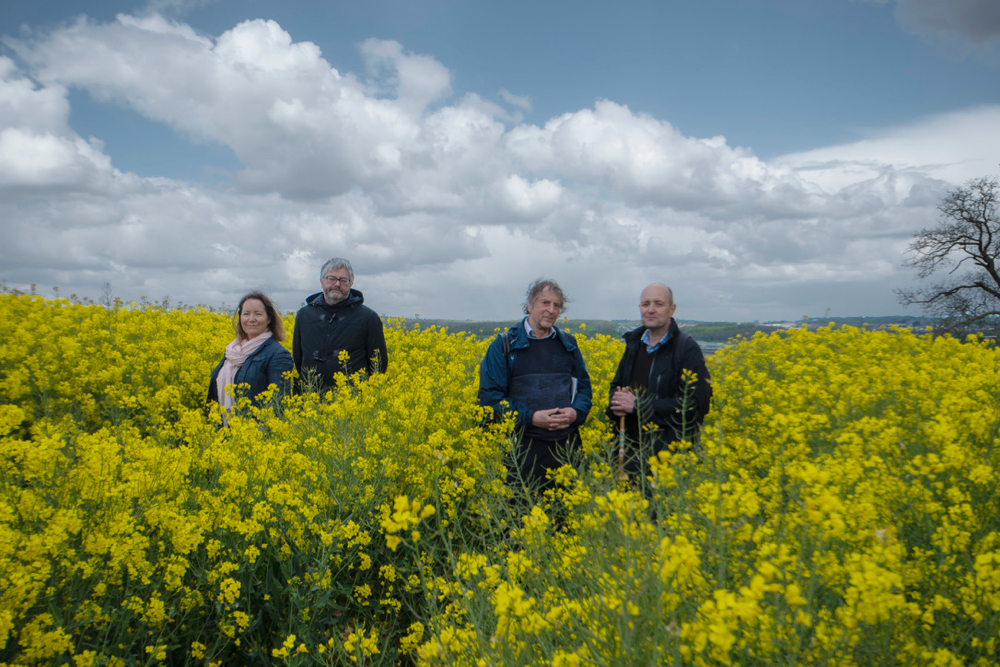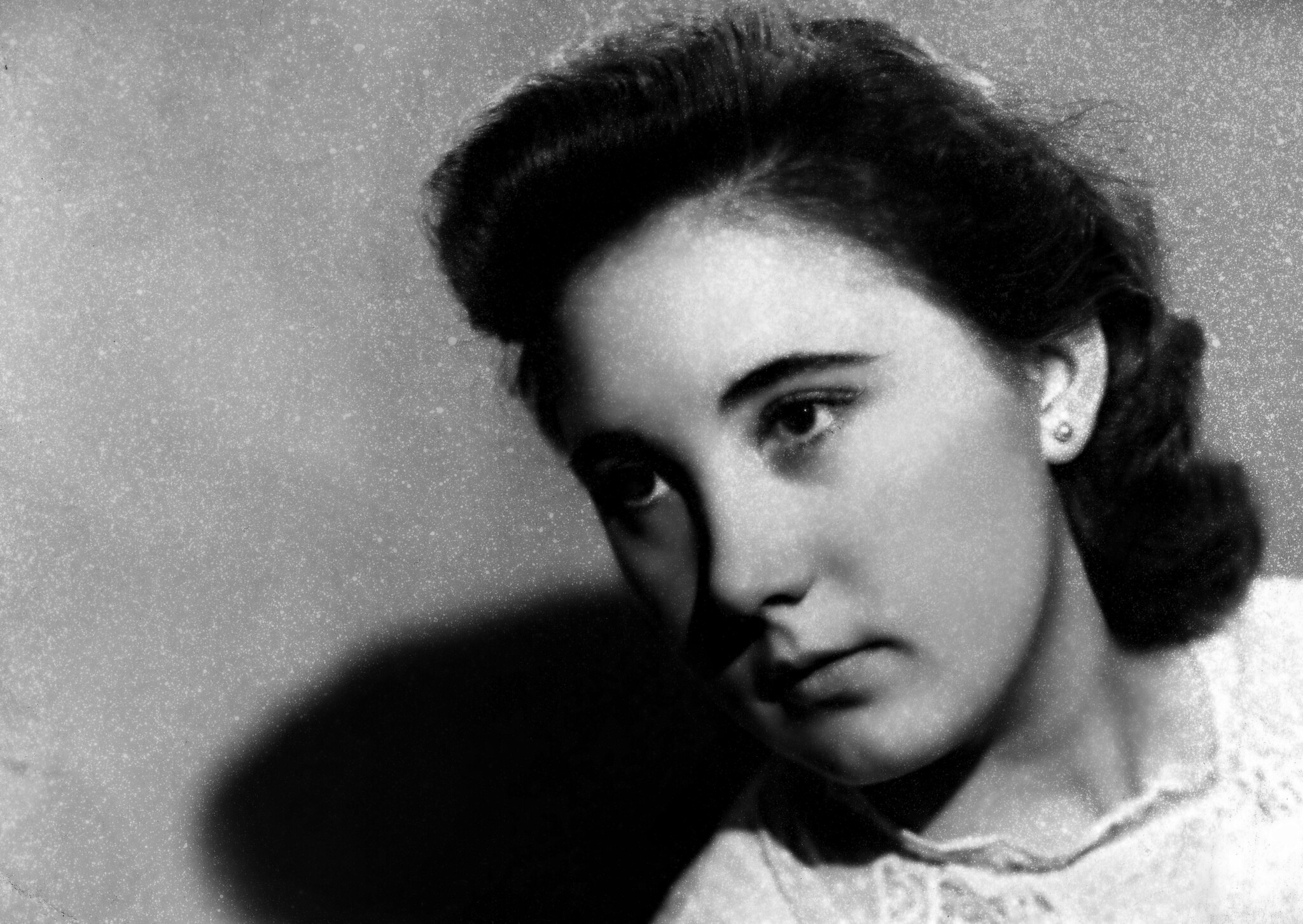The lives of saints, even the lives of great but ordinary people, who may also be saints without our knowing it, are often marked by great suffering. There is no such thing as holiness without Christ’s Cross.
This was certainly a distinguishing characteristic of a woman who will be beatified next week. On May 18, Guadalupe Ortiz, a scientist, a teacher, and much more, will be honoured in a stadium more commonly associated with rock concerts than with religious devotion.
The Cross first came to Guadalupe at the age of 20 in the form of a tragic event – the execution of her father by a firing squad.
Guadalupe bore this ordeal with exemplary serenity. Who is to say that the marks of this cross were not part of the foundation on which she later built that life of dedication to God and service to her fellow human beings, across two continents.
Guadalupe Ortiz was born in 1916. Her father Manuel was a military man and his family had to move around the Spanish territories. When the turmoil within the Spanish Republic erupted into full-scale civil war in the summer of 1936 her father, by then a lieutenant colonel, was in temporary command of a garrison in Madrid and he joined Franco’s rebellion. His post was quickly overwhelmed by militia loyal to the Government.
Ortiz and his fellow officers were imprisoned, court-martialled and condemned to death. His son Eduardo, a young doctor, who was actually a member of the pro-Republic Popular Front, successfully appealed for clemency. However, when Ortiz learned that the clemency would only apply to him and not to the junior officers of his unit, he refused to accept.
At 9.30 pm on September 7 the family received a telephone message that Ortiz would be shot in the morning. They arrived at the prison to find their father in the chapel praying. They remained with him until 4.30 a.m. when the militiaman ordered them to leave. On saying goodbye her father asked Guadalupe for her Rosary beads. They remained in the prison until after the fatal shots were fired.
In message he scribbled to them just before his execution, he wrote, “I repeat: be strong at heart. Being united, defend yourselves in the tempests of life. I ask for forgiveness if at times I have needed it. Pray for me every day. Continue being dignified, honourable and good as you have always been and remember that God knows why he has wanted things in this way.”
Eduardo later recalled the composure of Guadalupe during that terrible night:
“She showed her spiritual fortitude when, at the age of 20, she accompanied her father on the 7th of September until the early morning of the day of Our Lady – the Nativity of Our Lady – when he was shot in the Modelo Prison in Madrid.”
From her family, Guadalupe had absorbed the virtues that she cultivated throughout her life. Both in her personal conduct and in her role as teacher, she transmitted her faith, her values and her strength of character. After the war she graduated in chemistry and then began teaching.
By this time she was searching for something which would give a fuller meaning to her life. What that might be she did not know – but when she met Fr. Josemaría Escrivá in 1944, the founder of Opus Dei, she found it, taking very much to heart those words of his, “Don't let your life be barren. Be useful. Make yourself felt. Shine forth with the torch of your faith and your love.” Guadalupe requested admission to Opus Dei that same year.
She then embarked on doctoral studies in Chemistry but in 1950 took leave of absence to go to Mexico to help launch the work of Opus Dei there. She returned to Europe in 1956, working in Rome with the Founder of Opus Dei for several years. On returning to Madrid, she resumed her academic work, completed an outstanding doctorate which won a prestigious research prize. The press at the time commented on the novelty and importance of the practical applications of her research for increasing energy savings and maximising the utility of recyclable materials.
Guadalupe’s physical health was not good and, while still a young woman, she was diagnosed with symptoms of heart failure. By 1975, she had to stop giving classes. Nevertheless she commented, “I have to be happy, because it's good to recognise that one is not irreplaceable, and I need to let the doctors do their work.” A few months later her health took a sharp turn for the worse and her doctors decided to operate. The operation seemed to be successful but in mid-July she suffered a grave relapse. She went into a coma and died at 6.30 am on July 16, the feast of Our Lady of Mount Carmel.
Guadalupe was a distinguished scientist and by all accounts a wonderful human being. Was she a saint as well? All who knew her had no doubt but that she was and began immediately to pray through her intercession.
Her process of canonisation was formally opened in 2001. The Cardinal-Archbishop of Madrid commented that in the story of Guadalupe: "We are presented with a Christian life of great appeal and great depth. In the midst of simplicity, which was not simply a matter of appearances, there is here a rich human life, with decisive features and key moments, such as her encounter with the founder of Opus Dei, Josemaría Escrivá, which would open the path to her secular vocation to be a contemplative in the middle of the world."
The Postulator of the Cause, Rev. Benito Badrinas, spoke of Pope John Paul II’s wish to have examples of holiness among people of our own time. Guadalupe, he said, was such a person. “She was an indefatigable worker who confronted the problems of her time in a Christian way. She cared for the educational and spiritual needs of those around her. In everything, her reasons for acting were love for God and neighbour."
In Rome, on 9 June 2018, Pope Francis authorised the issue the decree approving a miracle attributed to Guadalupe Ortiz - the instantaneous cure, in 2002, of Antonio Jesús Sedano, who was suffering from a malignant cancer.
One night, a few days before a high-risk operation to remove the tumour, Antonio prayed to Guadalupe to make the surgery unnecessary. The next morning, the tumour had completely disappeared. Subsequent medical examinations confirmed the cure. Antonio died twelve years later, in 2014, of heart disease. He was 88 years old. The skin cancer never appeared again.
Some months after the approval of the miracle the Holy See decreed that Guadalupe Ortiz would be beatified in Madrid on Saturday 18 May 2019. The ceremony will take place in the Vistalegre Stadium. Here, for more than a hundred years, people have been attending concerts, bullfights, political campaigns, video game conferences... and also beatification ceremonies. Guadalupe, who lived with and for young people all her life, will be very much at home on this common ground.



 Loading ...
Loading ...
What do you think?
You can post as a subscriber user ...
User comments (0)